JOINT BASE LEWIS-McCHORD, Wash. - The days of basic training are nearly 20 years behind Sgt. 1st Class John Mack. Now, he\'s starting over.
As the Army's newly implemented Physical Readiness Training program - called Training Circular 3-22.20 - works its way into the daily lives of Soldiers everywhere, senior noncommissioned officers like Mack are relearning how to do physical training.
"It's a challenge to get rid of the old training you've been used to for 18 years and change as the Army changes," said Mack, a platoon sergeant with Headquarters, Headquarters Company, 593rd Sustainment Brigade at Joint Base Lewis-McChord, Wash.
Subject-matter experts on the new fitness program from the Henry H. Lind NCO Academy at JBLM formally introduced Mack and other NCOs to the ins and outs of PRT March 23-25 during a hands-on, "train-the-trainer" course designed to equip leaders with the skills to incorporate new PRT-based training programs into their units' schedules.
This is the third of the monthly classes, which the academy launched in January to accommodate a much-needed familiarization with the program for Soldiers and leaders who grew up with the Army's former PT guidebook, Field Manual 21-20.
"There were a lot of NCOs on the installation (late last year) who knew PRT was coming, but had no idea what it was about," said Command Sgt. Maj. Matthew Shepardson, the NCO Academy's commandant. "Since we were evaluating Soldiers on PRT here at the academy, it didn't make sense for them to go back to their units and not do it."
"The idea was that we would lean forward in the saddle and provide a service to the units here on the installation," Shepardson added.
Throughout the three days, the NCOs - mostly sergeants first class and staff sergeants - are taught the philosophy of the new program, which the students and the instructors all resound is infinitely more "battle-focused" than FM 21-20; its principles and theories; how to construct training calendars based off the program; and how to physically demonstrate for and lead their units through detailed, in-depth PRT sessions.
They learn the conditioning, preparation, movement and recovery drills found within the new manual and how to gradually build the physical fitness of their Soldiers while minimizing injuries, said Sgt. 1st Class Jeffrey Dupree, the test control officer for the NCO Academy.
Dupree is no stranger to PRT, whose new manual was officially brought to the Army last March - he learned most of it more than five years ago during drill sergeant school at Fort Jackson, S.C., when the Army was just beginning to introduce what would be the program's fundamentals.
This, he says, is why the academy chose him last fall as one of two experts to commence the forefront of mass PRT exposure on JBLM.
Within two months, he and Sgt. 1st Class Carl Miller, the academy's operations NCO in charge, had devised a short but informative hands-on course, during which they would actually take their students out to Cowan Stadium and run through the majority of the program's drills and conditioning exercises.
Dupree sees the class as imperative to senior NCOs and leaders who like many can't exactly bury their heads in a book and extract every aspect of the topic it covers.
"You really need somebody who can show you what the exercises look like," he said. "It's not enough to just go and read the manual; you have to have someone there - an instructor - who's an example to equip you to train someone else."
That very sentiment is echoed by Mack, who's been in the Army 19 years and deployed three times in support combat operations, but last week knew less than a private first class about the Army's new physical fitness standard.
"It's not just looking in a book and trying to copy what you're seeing," said Mack of the added benefit he's received from formal, in-person PRT instruction. "You're actually seeing it first hand from the instructors, and then you have that subject-matter expert telling you what you're doing wrong."
"That's where you get what the book doesn't have," he added.
As seasoned senior sergeants with years behind them but still much to learn ahead of them stood in the cold, brisk morning air leading small groups of their peers through exercises that are replacing plain old stretching - through drills that are throwing the old "push-ups, sit-ups, two-mile run" mentality to the wind - they were developing a foundation of necessary skills to help them change the face of Army physical fitness one unit at a time.
"Some things in life you have to experience to really know them," Dupree said alluding to PRT. "Only experiences can change certain peoples' minds about things."

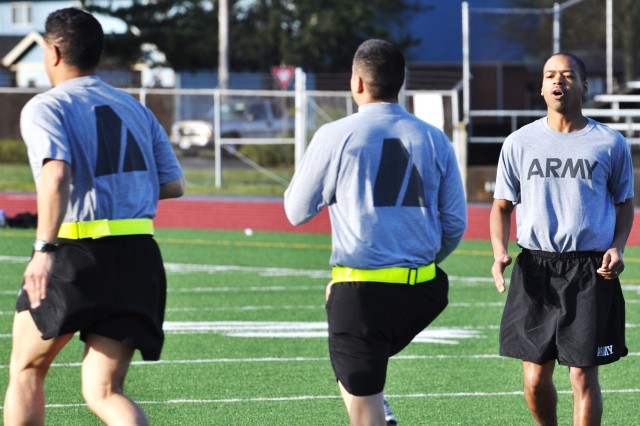
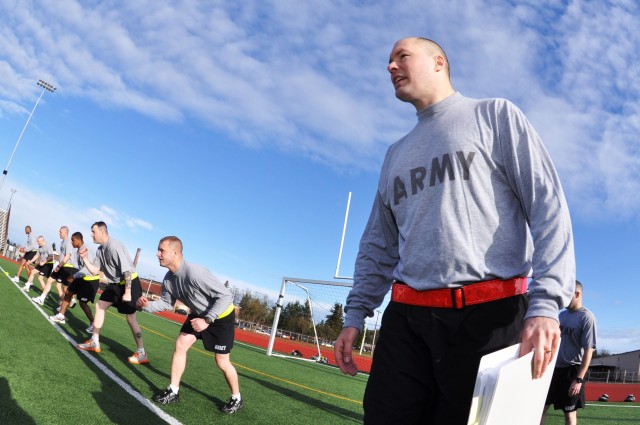
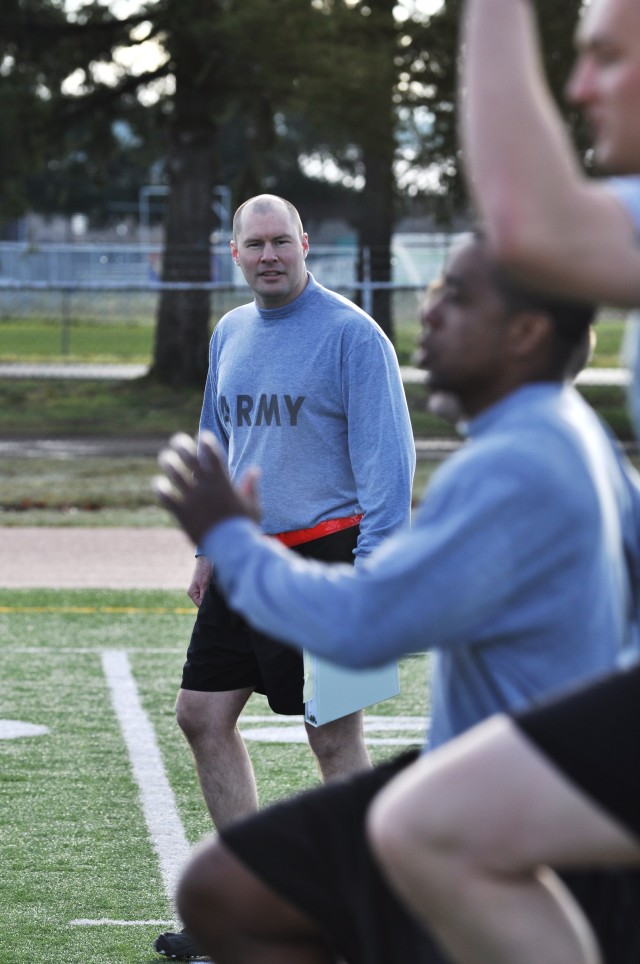
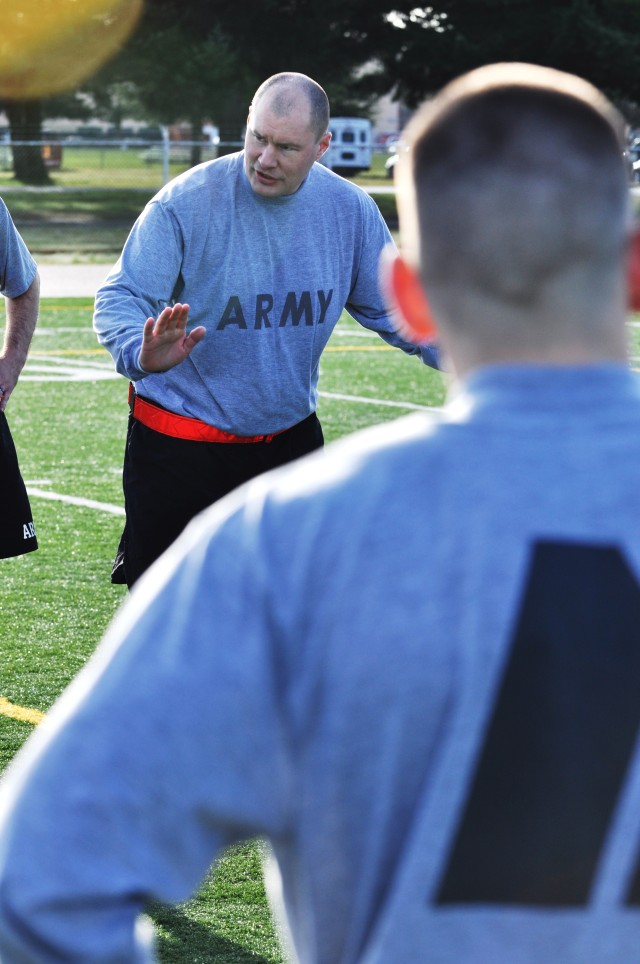
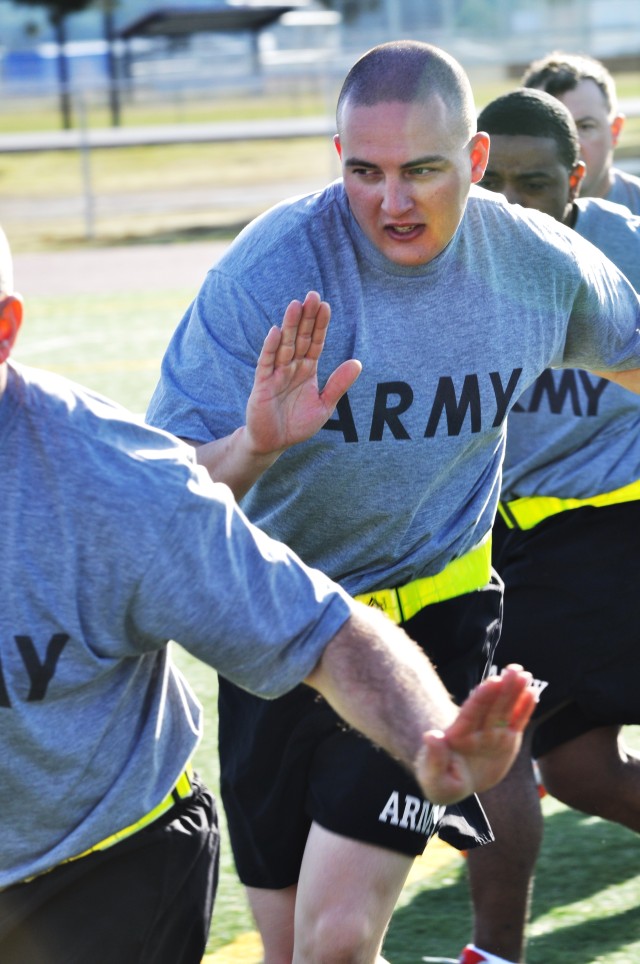
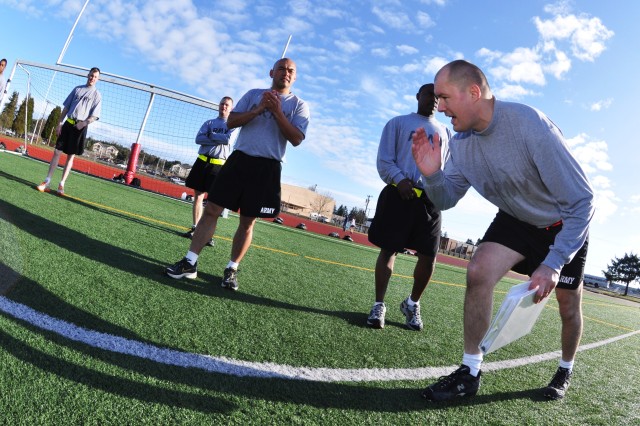

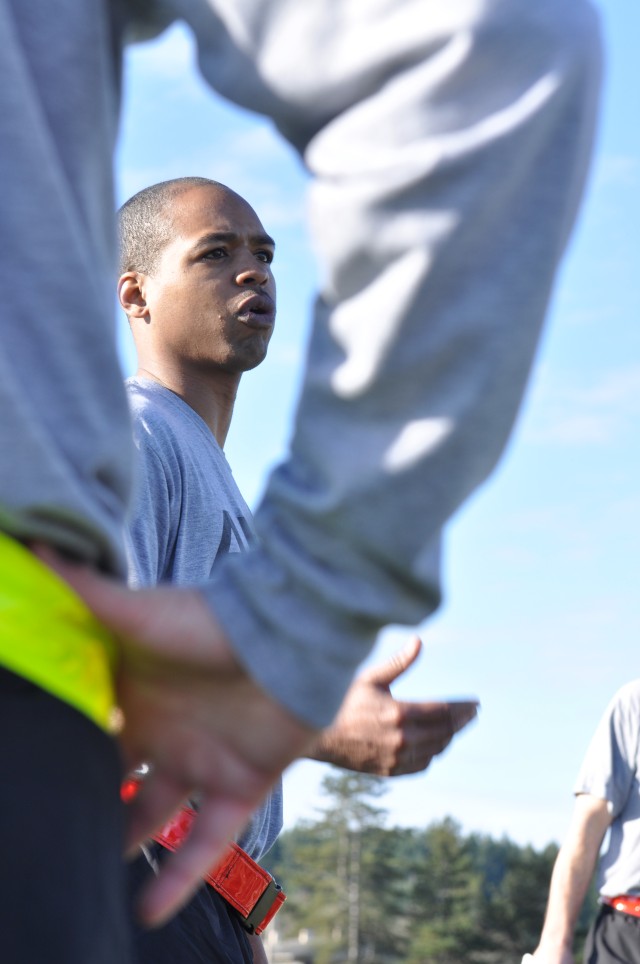
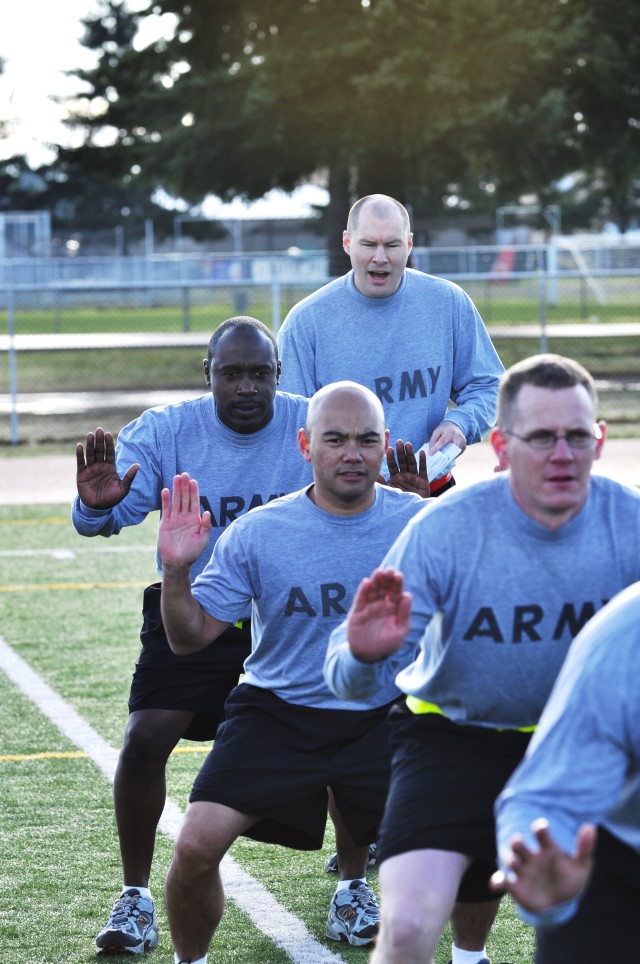

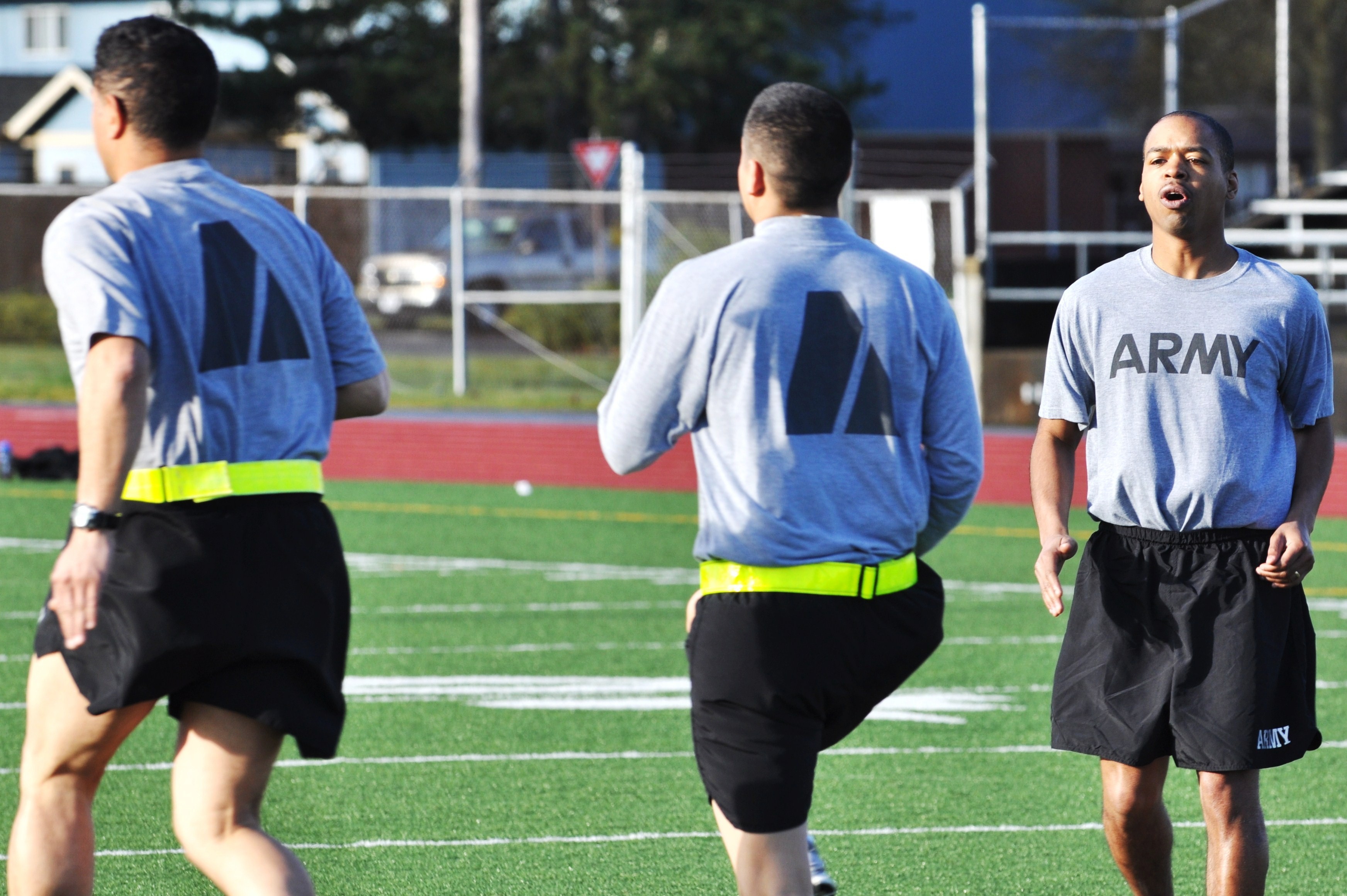

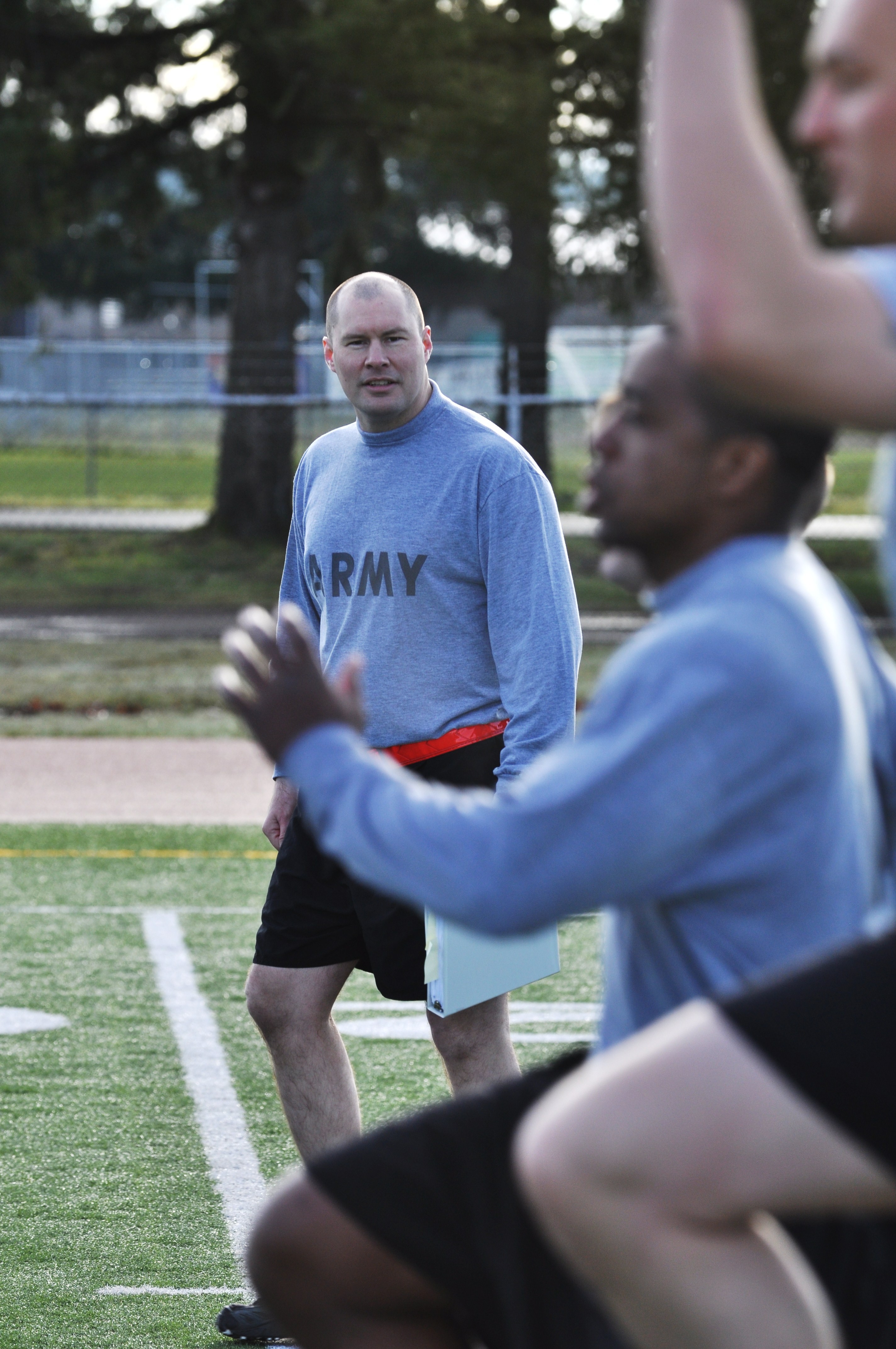

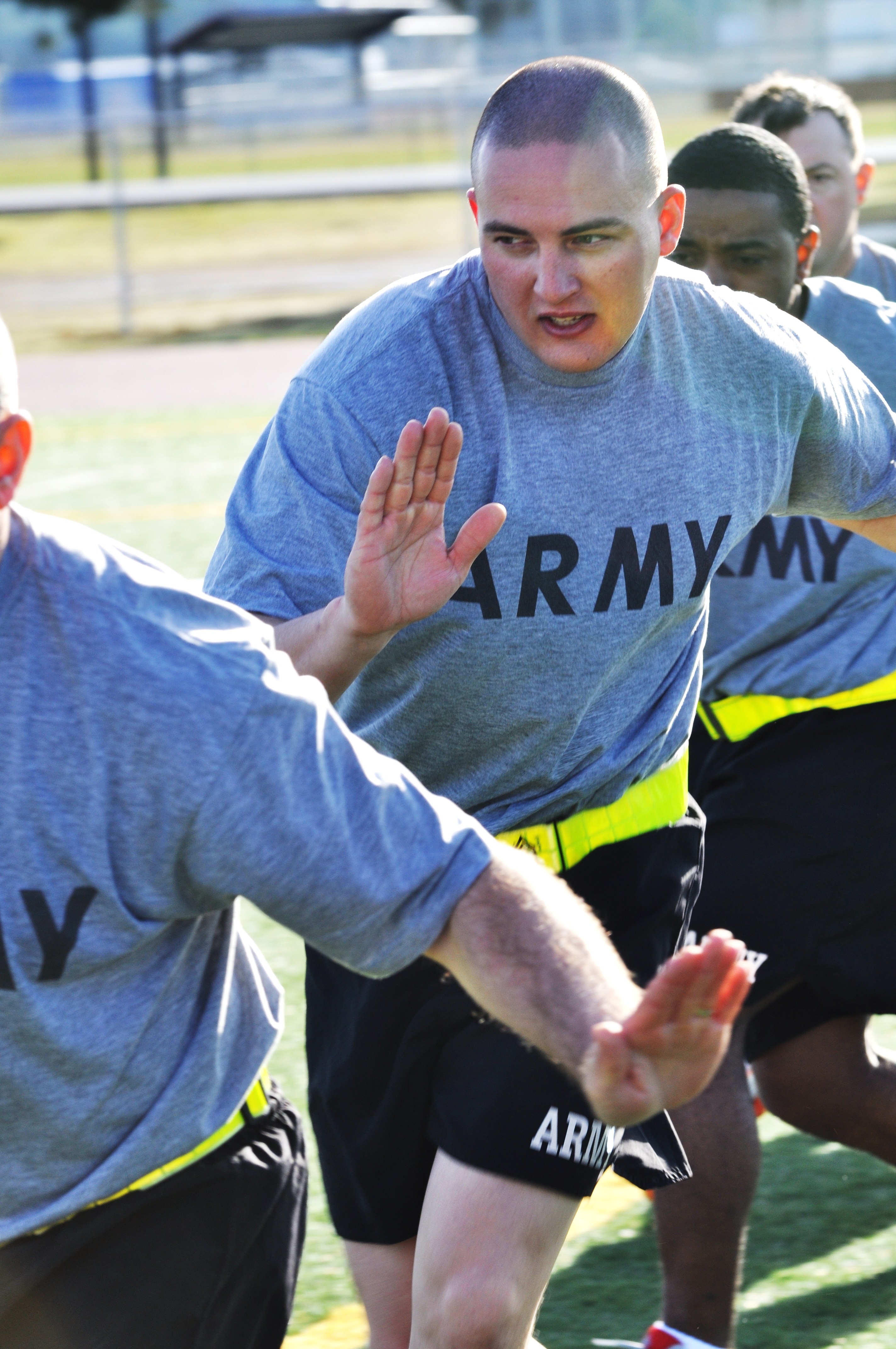



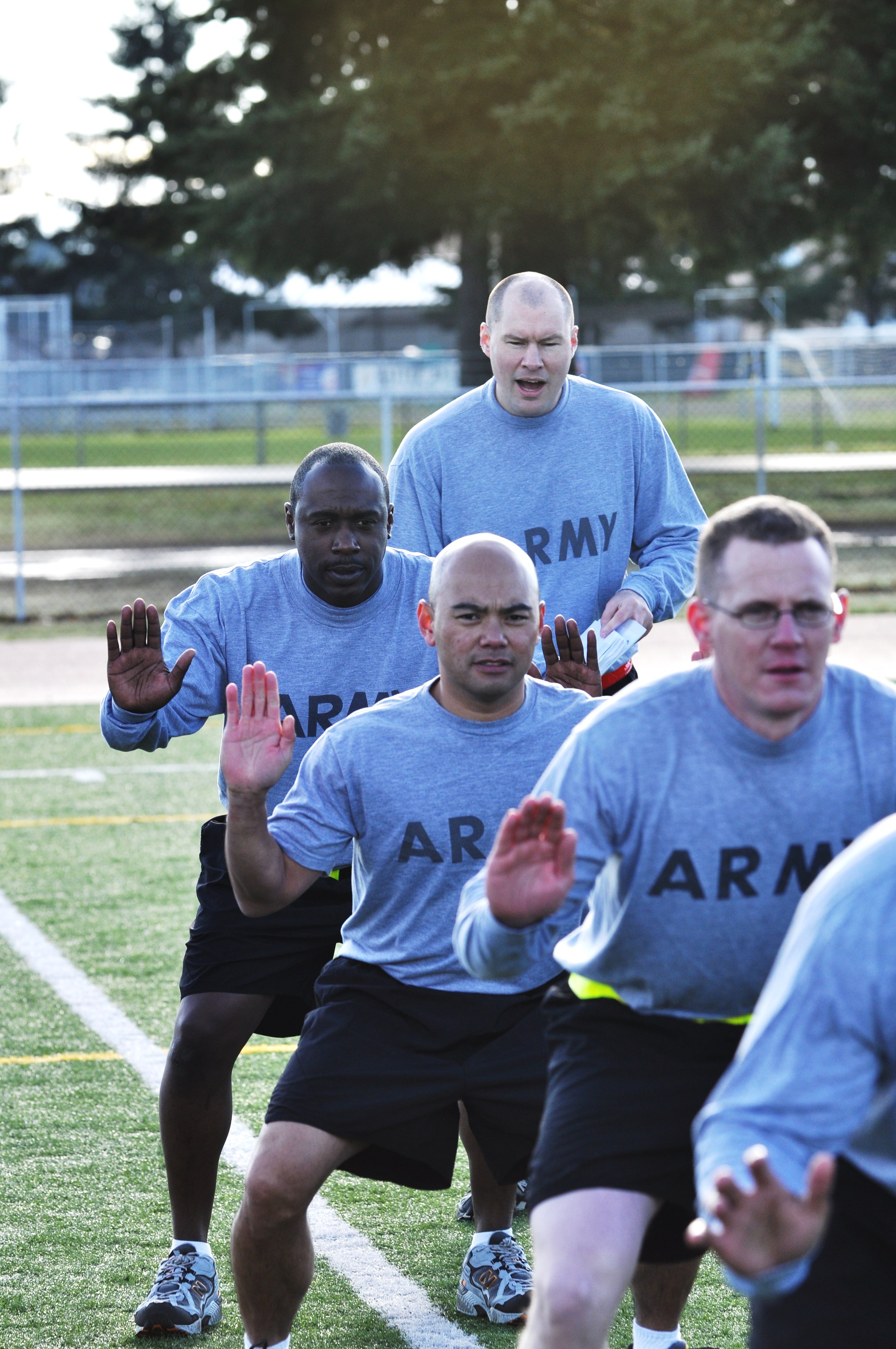
Social Sharing